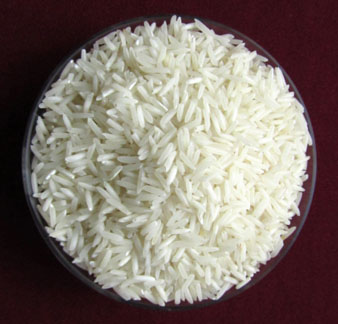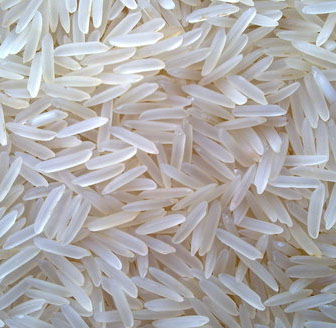Sulphur
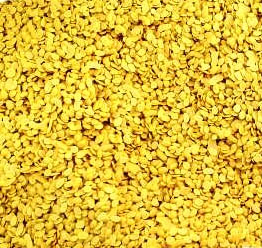 Sulphur is a valuable commodity and integral component of the world economy. It is used to manufacture numerous products including fertilizers, chemicals, paints, rubber products, medicines, fibers, sugar, detergents, plastics, paper and many other products. Sulphur also is a vital nutrient for crops, animals, and people.
Sulphur is a valuable commodity and integral component of the world economy. It is used to manufacture numerous products including fertilizers, chemicals, paints, rubber products, medicines, fibers, sugar, detergents, plastics, paper and many other products. Sulphur also is a vital nutrient for crops, animals, and people.
China is the world's largest importer, followed by Morocco and the United States. Canada is the largest exporter, followed by Russia and Saudi Arabia. Sulphuric acid is used by the fertilizer industry to manufacture primarily phosphates, nitrogen, potassium, and sulphate fertilizers.
We have marketing tie-up arrangement with a refinery in Central Asia region.
We can offer Sulphur in Granular, Flakes, Lumps and Powder form.
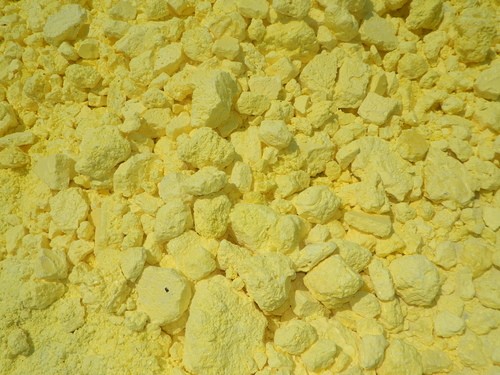 |
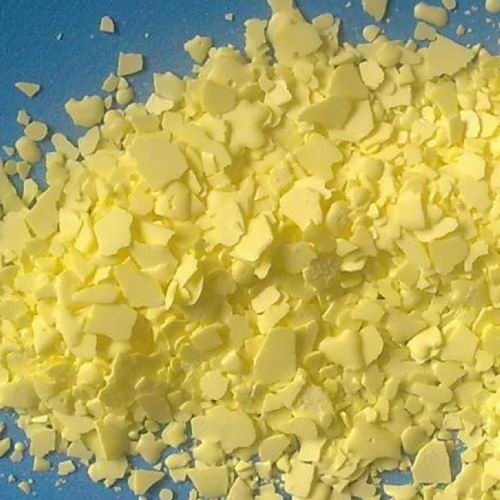 |
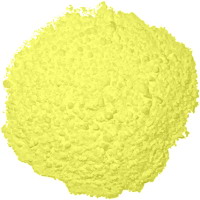 |
| Sulphur - Lumps |
Sulphur - Flakes |
Sulphur - Powder |
We source Sulphur from Central Asia and Middle East region.
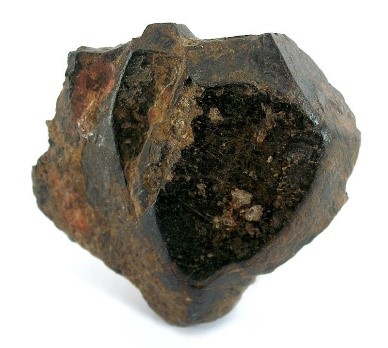 Ilmenite, also known as Manaccanite, is the titanium-iron oxide mineral with the idealized formula FeTiO3
Ilmenite, also known as Manaccanite, is the titanium-iron oxide mineral with the idealized formula FeTiO3

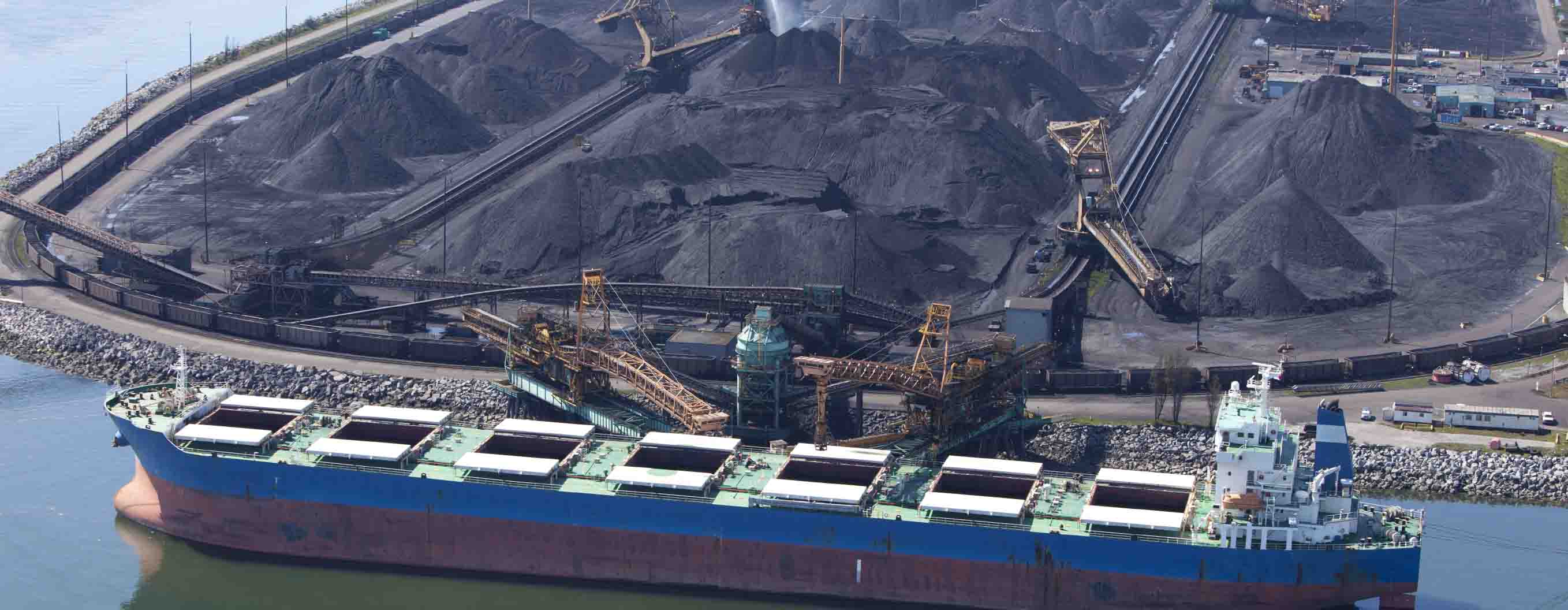
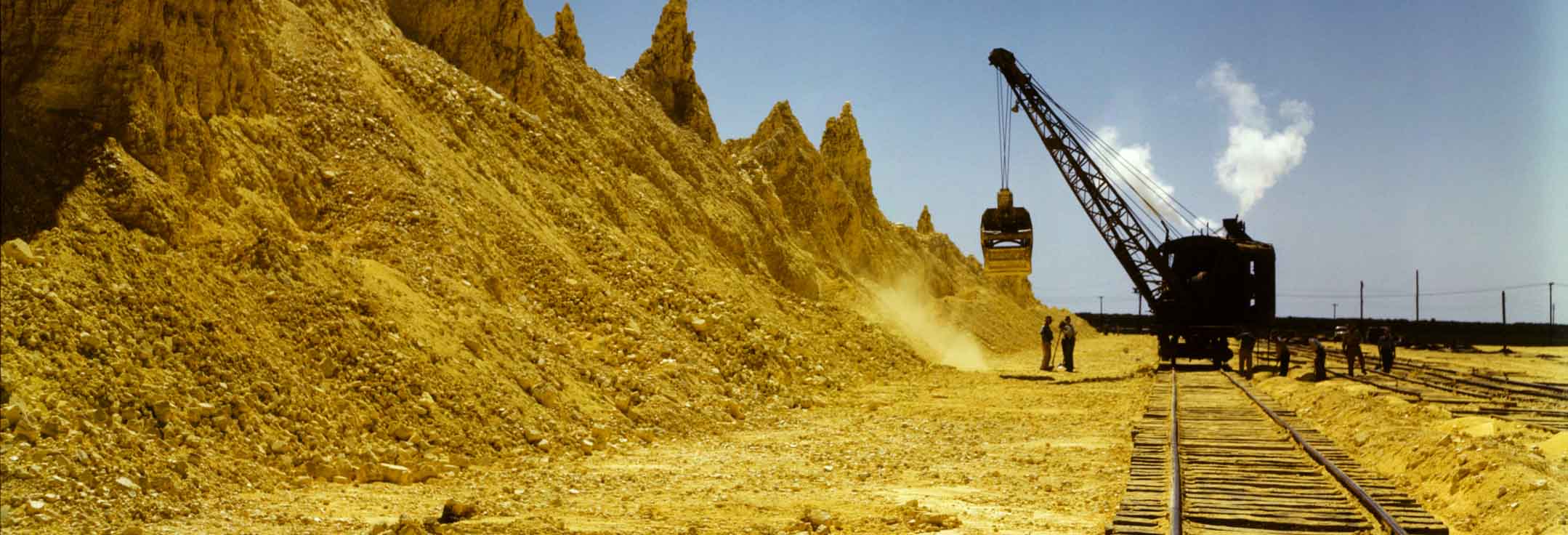




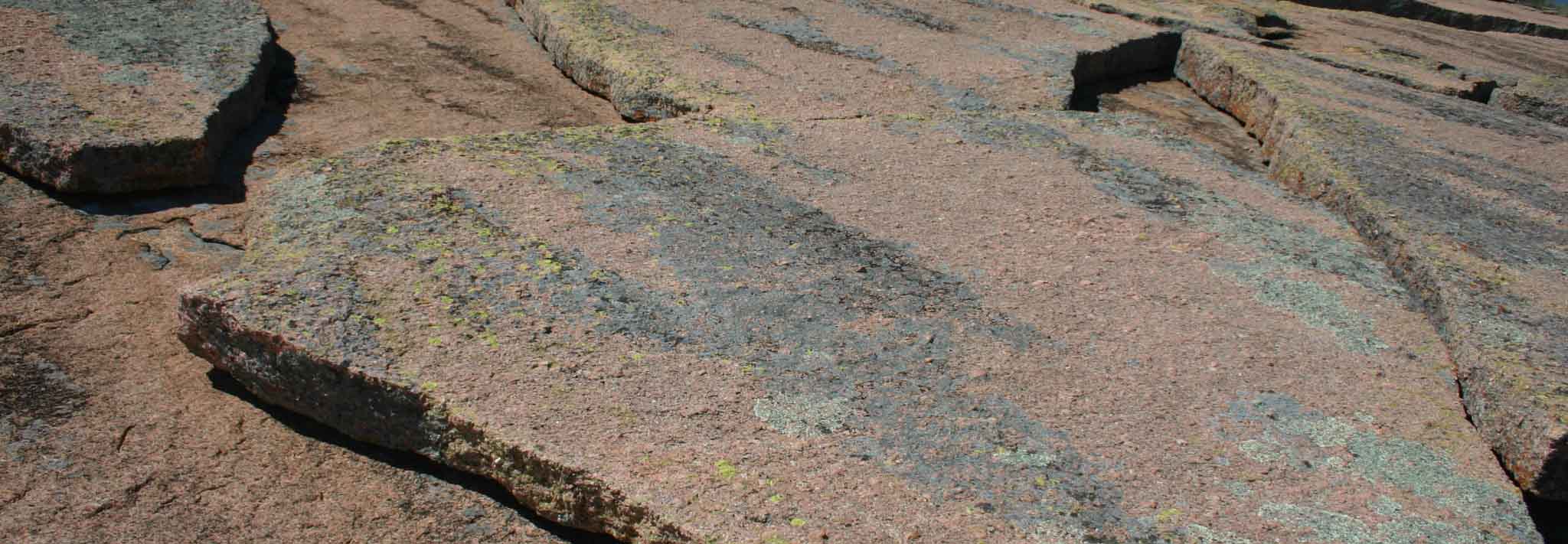
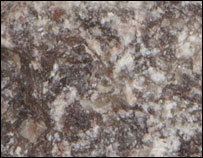 Barite is a mineral composed of barium sulfate (BaSO4). It receives its name from the Greek word "barys" which means "heavy."
Barite is a mineral composed of barium sulfate (BaSO4). It receives its name from the Greek word "barys" which means "heavy."
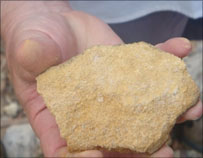
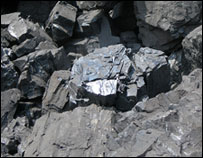 Gilsonite is used in drilling mud fluids and oil well cementing. Gilsonite, in a range of softening points and particle sizes, is a
standard ingredient in oil-based drilling muds used in shales and other difficult geological formations.
Gilsonite is used in drilling mud fluids and oil well cementing. Gilsonite, in a range of softening points and particle sizes, is a
standard ingredient in oil-based drilling muds used in shales and other difficult geological formations.
 Sulphur is a valuable commodity and integral component of the world economy. It is used to manufacture numerous products including fertilizers, chemicals, paints, rubber products, medicines, fibers, sugar, detergents, plastics, paper and many other products. Sulphur also is a vital nutrient for crops, animals, and people.
Sulphur is a valuable commodity and integral component of the world economy. It is used to manufacture numerous products including fertilizers, chemicals, paints, rubber products, medicines, fibers, sugar, detergents, plastics, paper and many other products. Sulphur also is a vital nutrient for crops, animals, and people.



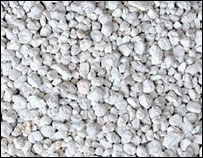 Bentonite is a kind of absorbent clay formed by breakdown of volcanic ash, used especially as a filler.
Bentonite is a kind of absorbent clay formed by breakdown of volcanic ash, used especially as a filler.
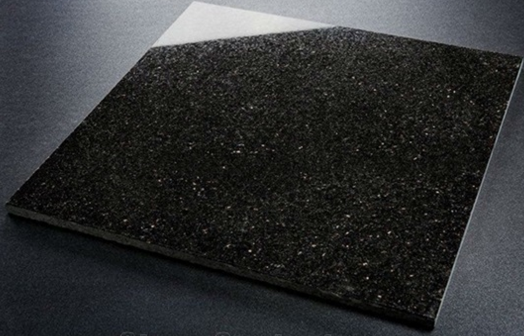 Granite is a light-colored igneous rock with grains large enough to be visible with the unaided eye.
Granite is a light-colored igneous rock with grains large enough to be visible with the unaided eye.

